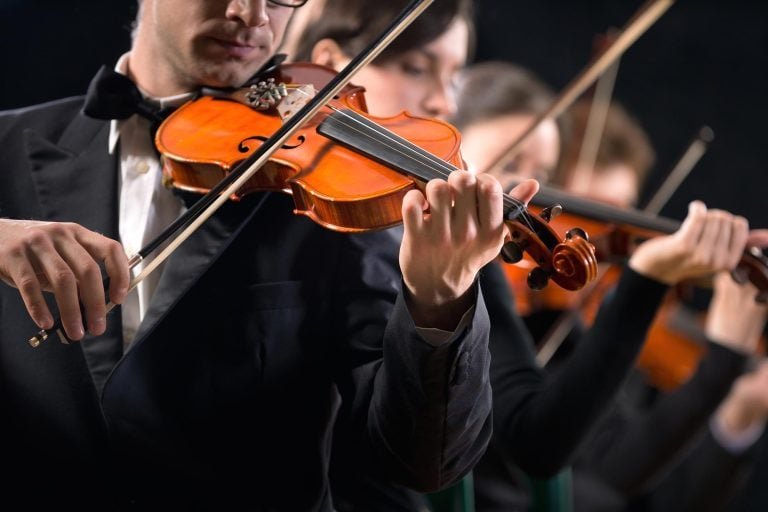Have you ever wondered why violinists dominate the orchestra, numbering around 30-40 players? The answer lies in history, logistics, and musical balance.
Evolution of the Orchestra
During the Baroque period (1600-1750), orchestras varied in size and instrumentation. As the orchestra standardized, violins became a staple.
Classical and Romantic Expansions
As orchestras grew, composers introduced new instruments and techniques. Beethoven and Berlioz expanded the symphony orchestra, adding instruments like the tuba and cor anglais.
The Role of Violins in Orchestra Balance
With increasing performers and instruments, ensembles became louder. More string players were needed to balance the sound, particularly violins, which are comparatively quiet.
Innovations in Orchestra Layout
The typical layout changed over time:
- First and second violinists once sat opposite each other.
- Leopold Stokowski rearranged them to sit next to each other (1920s).
- This change improved sound distribution, with string sections arranged from high to low.
Why Violins are Central
- Melodic prominence
- Strategic placement
- Balancing the ensemble’s sound
Conclusion
The prominence of violins in the orchestra is rooted in history, musical balance, and logistical considerations.
Reference
“Orchestration and Instrumentation” (Yale University Press, 2018)
Share Your Thoughts
What’s your favorite orchestral piece featuring violins? Share your insights in the comments below!

















